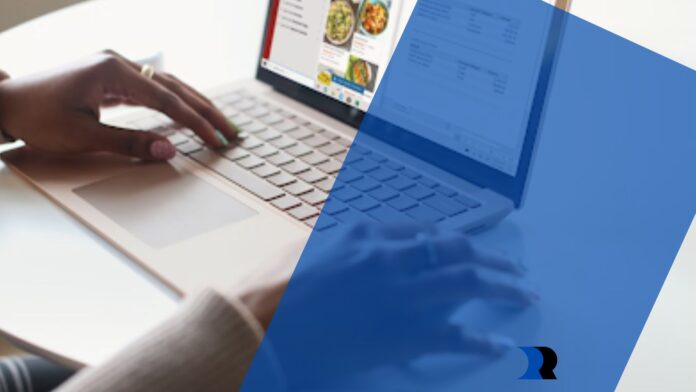Windows 11 Pro is designed to support the needs of both professionals and individual users by offering a wide range of features that promote productivity, collaboration, and security. Its user-friendly interface, enhanced multitasking tools, and built-in integration with Microsoft services provide a streamlined experience. For those ready to upgrade, the ability to download Windows 11 Pro instantly ensures quick access to its powerful features. With a strong emphasis on performance and safety, Windows 11 Pro helps users stay efficient and protected in a fast-paced digital environment. Understanding the system’s features and installation process is key to making the most of its capabilities.
Overview of Windows 11 Pro
Windows 11 Pro delivers several enhancements tailored for professional use. Among its core strengths are robust security features like BitLocker encryption and Windows Defender, which help safeguard sensitive information. It also supports virtualization through Hyper-V, allowing users to run virtual machines for testing, development, or isolated environments.
Multitasking is improved with tools like Snap Layouts and Snap Groups, which allow users to easily manage open windows and switch between workflows. Additionally, integration with Microsoft Teams encourages real-time collaboration and communication. The operating system also features a sleek, modern design that is consistent across devices, creating a seamless user experience.
Compared to its predecessors, Windows 11 Pro offers faster startup times, better power efficiency, and a more intuitive layout. It maintains familiarity for long-time Windows users while introducing new tools and performance improvements that meet today’s demands. Regular updates ensure the system remains secure and compatible with evolving software requirements.
Things to Consider Before Downloading Windows 11 Pro
Before proceeding with the installation, it’s important to verify whether existing hardware and software are compatible with Windows 11 Pro. Skipping this step can result in functionality issues, reduced productivity, or potential system conflicts. A compatibility check ensures that applications, drivers, and devices will continue to work as expected after the upgrade, reducing the risk of downtime or data loss.
It’s also worth assessing whether the system’s new features align with the user’s current needs. For some, the advanced security and multitasking capabilities may be essential. For others, the existing setup may already serve their purposes. Evaluating these needs helps determine if the upgrade is a practical step toward improving performance or productivity.
Steps to Take Before Downloading Windows 11 Pro
Back Up Important Files
Before installing any new operating system, backing up files is a critical step. Users should use external hard drives, USB storage, or secure cloud services to ensure important documents, media, and configurations are preserved. Organizing files into folders before backup can streamline the process. Automating regular backups is also recommended to protect against future data loss.
Update Software and Drivers
Outdated software and drivers may cause compatibility issues during or after the installation. Ensuring that all applications and device drivers are up to date helps maintain system stability and allows new features to function as intended. Most manufacturers provide tools or websites where users can check for and install the latest updates.
Secure a Stable Internet Connection
A stable internet connection is vital when downloading large installation files. Interruptions can lead to corrupted downloads or installation failures. A reliable connection not only ensures a smooth download but also speeds up the process and avoids unnecessary delays.
Post-Download Tips
After installing Windows 11 Pro, users can take several steps to personalize and optimize the system for everyday use.
Customizing the Start Menu and taskbar for quick access to frequently used programs improves efficiency. The virtual desktops feature allows users to separate different projects or workflows into distinct spaces, reducing clutter and enhancing focus. Power settings can be adjusted to prioritize performance or battery life, depending on how the device is used.
Built-in tools like Storage Sense and Disk Cleanup help maintain available storage and improve system speed. Users should also enable automatic updates to keep the operating system current with the latest security patches and feature enhancements.
Maintaining System Health
Regular maintenance is essential to keep Windows 11 Pro running smoothly over time. Keeping the system up to date ensures it’s protected against the latest security threats and compatible with new applications. Installing a reputable antivirus program and performing routine scans adds another layer of protection.

It’s also important to back up data consistently, particularly for business users managing large volumes of sensitive information. Managing user permissions wisely, limiting administrative access when unnecessary, helps prevent accidental or unauthorized changes. Avoiding unknown downloads or suspicious links can reduce exposure to malware.
Cleaning up unused files and uninstalling programs that are no longer needed will help maintain speed and reliability, extending the overall life of the system.
FAQs
Can Windows 11 Pro be installed on older devices?
It depends on the device’s specifications. Windows 11 Pro requires a compatible 64-bit processor, 4GB RAM, 64GB of storage, TPM 2.0, and Secure Boot capability. Users should run Microsoft’s PC Health Check tool or consult the system requirements to confirm compatibility.
Is it possible to upgrade to Windows 11 Pro without losing files?
Yes, files and settings can be retained during an in-place upgrade. However, it’s strongly recommended to back up all important data before proceeding, just in case something goes wrong during installation.
What’s the difference between Windows 11 Home and Pro?
Windows 11 Pro includes all the features of the Home edition, plus additional tools like BitLocker encryption, Group Policy management, Hyper-V virtualization, and remote desktop capabilities, making it better suited for business or professional environments.


